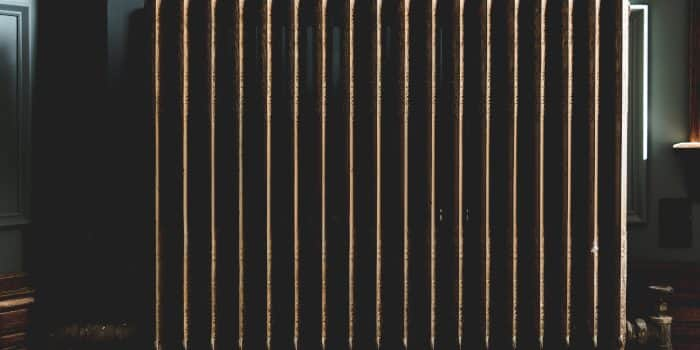Now that summer has come to an end and a winter of rising energy bills is approaching, you will want to make sure that your heating system is working properly and is operating at maximum efficiency. If you notice your radiators are not heating up properly or are cold at the top and warm at the bottom, it is likely that they will need bleeding. This process will improve the circulation of hot water through your heating system and will make sure that your home is heated more effectively. The process of bleeding your radiator is more straightforward than you may think, so allow us to talk you through how you can get your heating functioning properly once again.
What does it mean to bleed your radiator?
Over time, pockets of trapped air can develop in your radiators that prevent hot water from circulating properly around your central heating system. This issue will mean that your boiler has to work harder and will take longer to heat your home. A less efficient boiler means that your energy bills will go up, and this is the last thing you will need – especially at a time when energy bills are rising at unprecedented rates.
How can you tell if your radiator needs bleeding?
There are a few tell-tale signs that you should bleed your radiator. The most obvious sign is if you notice that your radiators are taking longer than usual to heat up. You should also consider bleeding your radiators if you hear gurgling noises, as this is an indicator of trapped air.
What tools do you need to bleed your radiator?
Bleeding your radiator is simple and you will only need two things, one of which you will already have.
- A bleed key is used to open the bleed valve and can be purchased at your local DIY store for no more than £2. A flathead screwdriver may also be used for this job.
- A jug or bowl is needed to catch any water that escapes while you are letting air out.
How to bleed your radiator
Once you have identified the radiator that requires bleeding, follow these steps to complete the process:
- Switch your heating off and wait till all radiators are cold, then begin with the radiator furthest from your boiler.
- Place a jug or a bowl under the bleed valve to catch any water.
- Insert the bleed key and turn this anti-clockwise until air begins to escape, at which point you should hear a hissing noise.
- Once water begins to escape, turn the key clockwise to tighten the valve.
- Repeat this process on any other radiators that you are noticing this problem with, working your way towards the boiler.
- Once complete, you should check your boiler pressure to make sure it has not fallen below the required levels. If it is outside the range of 1.0 to 1.5 bars, you will need to repressurise your system. Once your boiler’s pressure had returned to the required levels, you can turn your heating back on to check if your radiators are working as they should.
If bleeding your radiators fails to resolve this problem, or if you are experiencing further issues with your boiler, our experts at Gas Tech Heating can help. We are qualified boiler engineers who can diagnose any problems with your boiler and get to work rectifying them so that your heating is working as it should in time for winter. If you require our assistance, give us a call today on 01442 832202 or email info@gastechheatingltd.co.uk and we will send one of our engineers at your earliest convenience.


